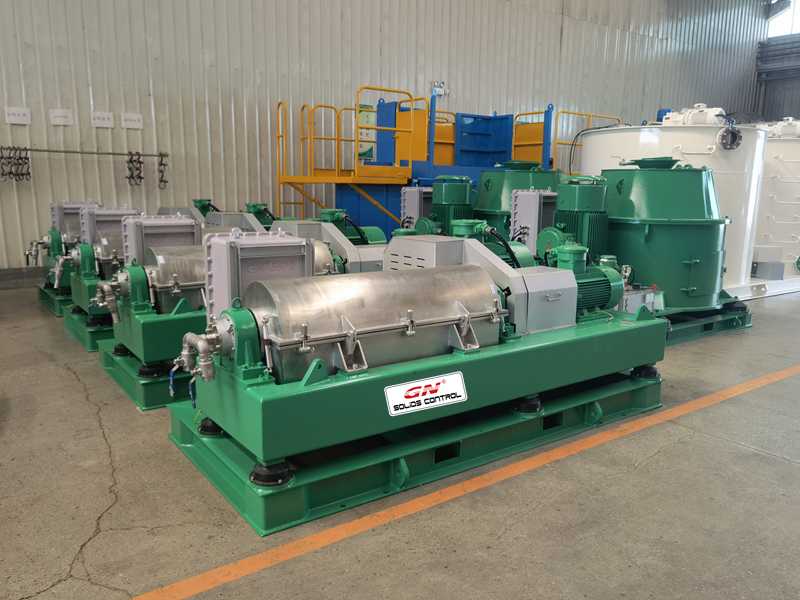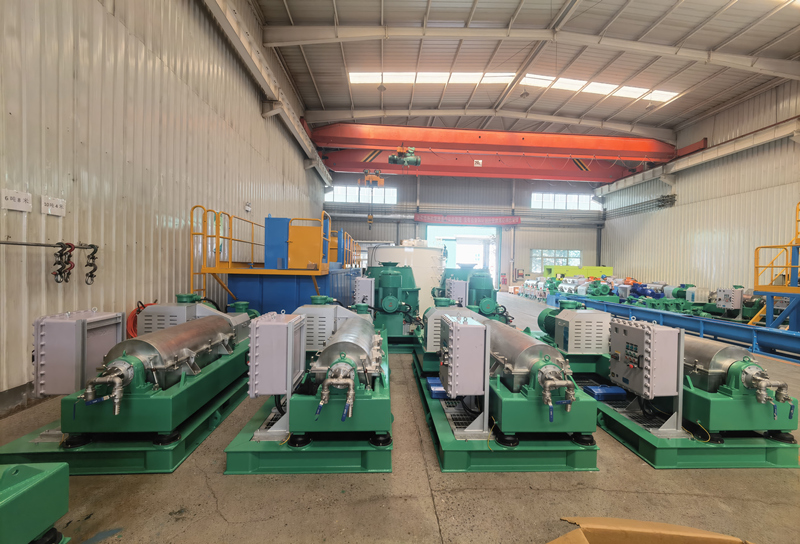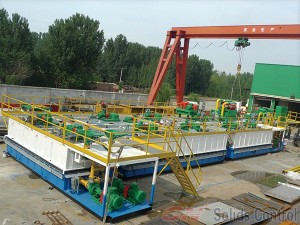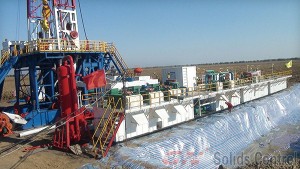As a manufacturer of solids control equipments and waste treatment equipments in China, GN Solids Control can provide customized solution for oil sludge treatment, oily soil treatment, drilling waste treatment. Soil pollution mainly come from oil & gas drilling, production and processing process, including oily sludge, drilling waste, oil sewage, and also produced during crude oil storage, transportation and processing, etc. contaminated soil. GN designed oily soil treatment system can achieve oily waste reduction treatment which will greatly reduce the total amount of oily waste and reduce the cost of subsequent harmless treatment. The oily soil waste treatment result can be recovery oil (Basic Sediment and Water in oil is less than 3% with proper chemicals), discharged solids ( oil content is below 2%) and water (which can be reused in the treatment process). For the contaminated soil washing process, firstly the contaminated soil should be grinded , crushed and separated the coarse solids, then washing process will be applied, the oily soil treatment is after the contaminated soil washing process.


The customized oily soil treatment solution including crushing pretreatment, material pre-mixing treatment, scrubbing pulping, first phase separation treatment double deck coarse shale shaker GNZS706F and mud heating and diluted, fine solids removal shale shaker GNZS594F separation, three phase decanter centrifuge GNSX554E-VFD with chemical dosing unit to separate oil, water and solids. The chemical dosing unit can add both dry powder chemicals and liquid chemicals. The three phase decanter centrifuge is based on the weight difference of solids, oil and water.
Due to the difference of specific gravity, the centrifugal force is different. The solids with the largest specific gravity and produce greatest centrifugal force, the water is the heavier phase liquid, the oil is the lighter phase liquid.
For the detailed working process, pls contact with GN solids sales.



